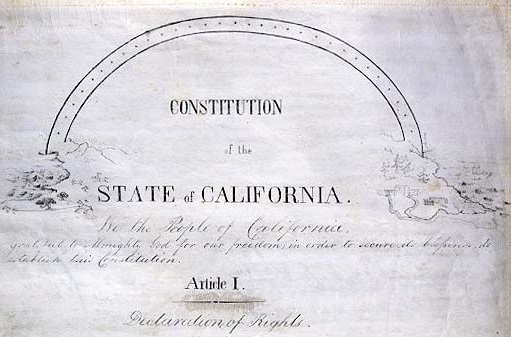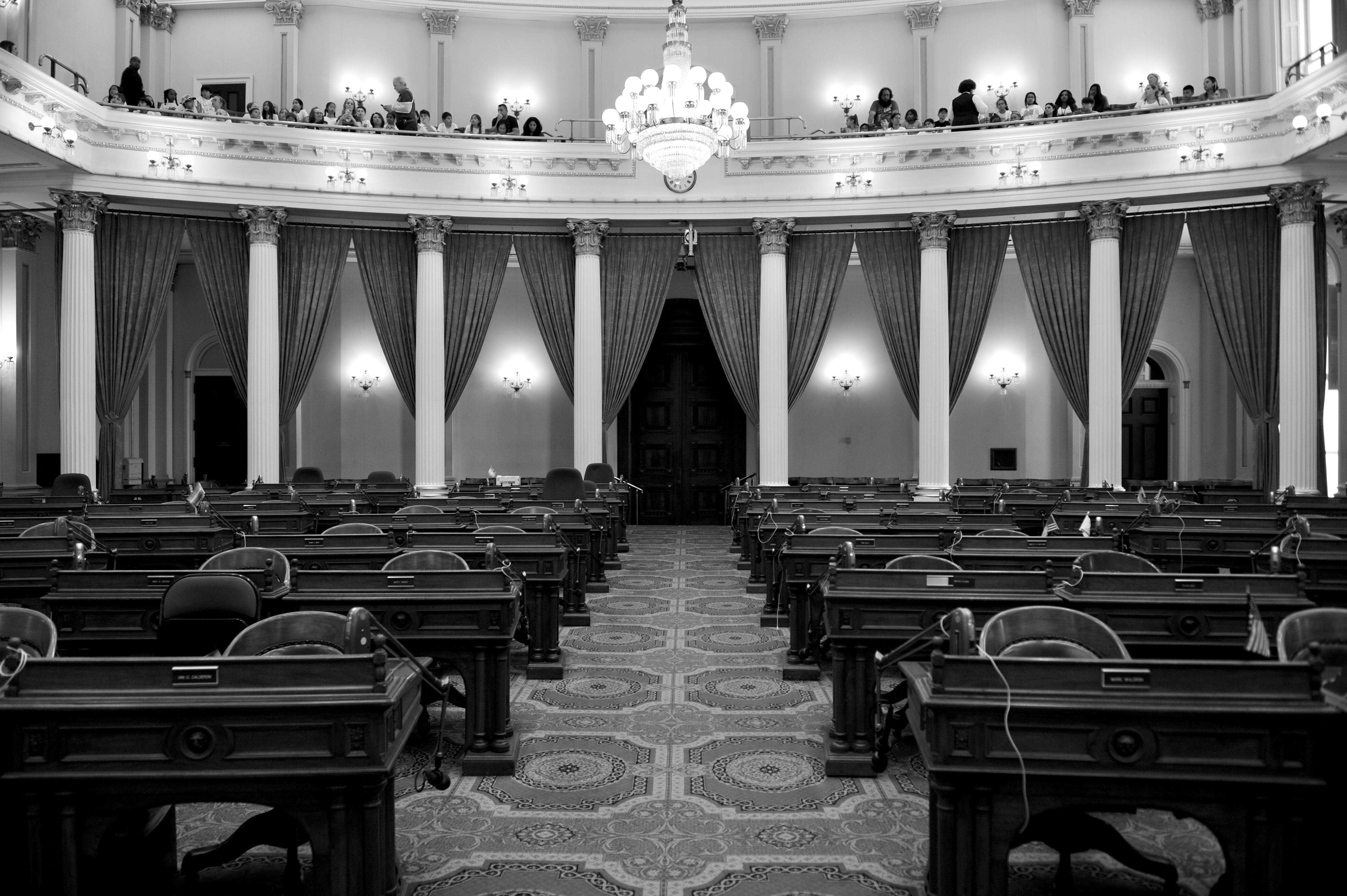
California Constitution. (Photo: www.sos.ca.gov)
Voting on a Referendum
One of three forms of direct democracy in California
By Chris Micheli, December 6, 2019 6:45 am
There are a few unique aspects of a referendum in California, which is one of three forms of direct democracy in this state. The referendum is set forth in the California Constitution, in Article II, Section 9, which provides: “The referendum is the power of the electors to approve or reject statutes or parts of statutes except urgency statutes, statutes calling elections, and statutes providing for tax levies or appropriations for usual current expenses of the State.”
A referendum is commonly used to refer to the practice of submitting a question or measure to popular vote, such as “Brexit” in England. However, in states that have direct democracy, the referendum is used by the electorate to overturn a statute that was enacted by the Legislature. In other words, after the legislature has passed a law, the state’s citizens can collect signatures on a referendum petition and the voters can decide whether to maintain the law or repeal it.
The first unique aspect is that, once a referendum qualifies for the ballot, the statute that was enacted by the Legislature is “stayed,” meaning it does not take effect and is essentially “on hold” until the state’s citizens cast their ballots on the referendum petition.
The second unique aspect is that the proponents of a referendum measure only have 90 days after the enactment of the statute in order to collect the requisite number of signatures on the referendum petition (the signature threshold is equal to 5% of the votes for all candidates for governor at the last gubernatorial election).
The third unique aspect is the referendum petition can seek the entire statute or a part of the statute to be submitted to a vote of the electorate. Section 9 reads, in part, “approve or reject statutes or parts of statutes.” Hence, if those pursuing the referendum want to overturn the entire law or just a part of it, they can do either.
The fourth unique aspect is the meaning of the “yes” or “no” vote on the referendum. The vote is counter-intuitive. Once on the ballot, the law is repealed if voters cast more no votes than yes votes on the referendum in question. In other words, if a majority votes “no,” then the law never takes effect.
The fifth unique aspect is that certain types of statutes are specifically excluded from the referendum process, meaning that certain enacted bills are not subject to a referendum at all. Those measures are urgency statutes, statutes calling elections, and statutes providing for tax levies or appropriations for the usual current expenses of the State.
- Bonds and Undertakings - December 28, 2025
- Joint Debtors in California - December 27, 2025
- Division of Property in California - December 27, 2025




Terrific article thank you.